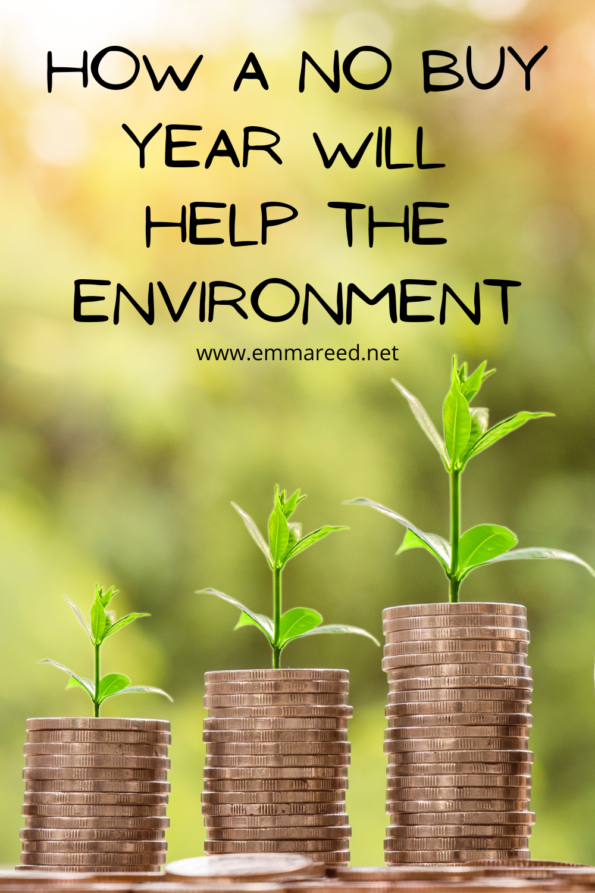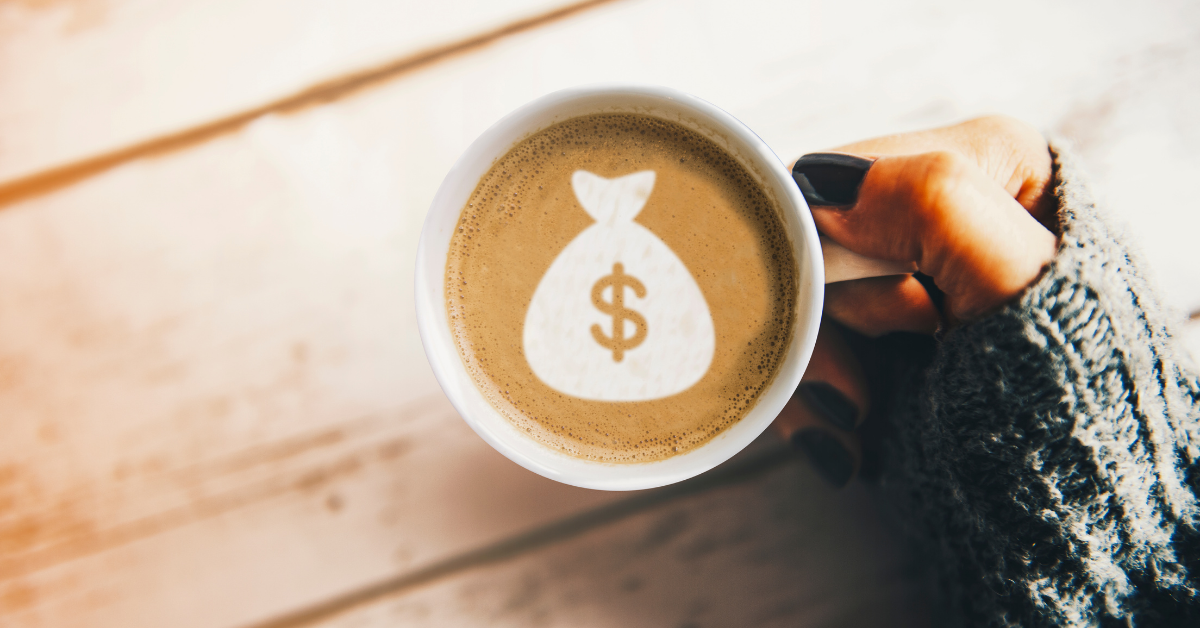
How A No Buy Year Will Help The Environment

I hadn’t heard of a no buy year until the start of last year when I saw some people announce they were doing it on Instagram, and since having watched their progress plus seen their savings, it’s made me begin to look into this topic a little further. As an eco-conscious person, I loved the idea of people saying no to all of the ‘stuff’ and making do with what they already owned and then I realised that this is exactly what our planet needs – more people choosing to do a no buy year. You see, once you eliminate the extra waste, the non-essential consumerism, the disposables, the need for wanting more, you are helping our environment as well as your own pocket and here’s how…
Gadgets And Gizmos A Plenty
Don’t we though? More than a plenty I’d say. (PS I hope you sang that!) We have it ALL and yet we STILL want more and more, but at what cost? Cost to you and to our environment. Our dangerous disposable culture has moved over to our devices and as soon as a new version comes to market many of us just have to have it. This constant need for the latest ‘thing’ leads to increased pollution, increased carbon emissions, increased demand to make more, increased need to overwork staff and it will also lead to an increasing amount going to landfill (even though it shouldn’t, people will still throw their old gadget in the bin). If we all stopped buying what we don’t actually need, if we repaired broken devices, if we shopped secondhand, just think of the savings and think of the damage we could be preventing.
Fashion Darling!
Fast fashion, the clue is in the name. It is ‘fast’, meaning it comes into the shop, flies off the rails, goes into your wardrobe, maybe lasts a season and ends up in the bin. The fashion industry has so much to answer for:
“While the figures are debated, the Intergovernmental Panel on Climate Change (IPCC) has calculated the fashion industry produces 10% of global carbon dioxide emissions every year, while it is estimated to use around 1.5 trillion litres of water annually. Meanwhile, concerns have been rising about pollution, from chemical waste to microplastics.“
“The team also points to the industry’s water consumption, carbon dioxide emissions, textile waste, and use of chemicals – substances they say not only pose environmental risks, but health risks for those involved in the industry. “In one example, a single European textile-finishing company uses over 466g of chemicals per kilogram of textile,”
The Guardian April 2020
Fast fashion has and still is causing many environmental issues but on top of this, it is putting further pressure on you and your wallet. Instead, we should all be holding onto what we already own, mending items that need it, we should purchase secondhand, we should clothes swap with friends and make sure that when we need to buy new, we choose timeless (preferably sustainably sourced) pieces that can be worn in many ways for many years.
Going Carless
One great way of saving money is to leave the car at home more often and to walk or cycle instead. So many of us use our cars even for quick walkable journeys and research actually shows that these shorter trips use up more petrol due to the stopping and starting, the waiting at junctions etc. If we all chose to leave our cars at home more frequently we would be significantly reducing our carbon emissions whilst saving money.
“Going carless for a year could save about 2.6 tons of carbon dioxide, according to 2017 study from researchers at Lund University and the University of British Columbia“
NY Times
Ditching The Disposables
When embarking on a no buy year the first thing you do is to look at what costs you the most money, what you can do without and what could be replaced. Thankfully there are now plenty of alternatives to our disposable habits and as more come to market you slowly begin to realise that investing in a reusable item is far better for both you and the environment in the long run. From cloth nappies to reusable wipes, cloth sanitary pads to period pants, reusable makeup remover pads and reusable nail polish remover pads, reusable sandwich bags and beeswax wraps… The list goes on and on. You can switch out the disposable (or the better called single-use because they aren’t disposable as they don’t actually go anywhere!) and protect our planet from further waste.
“The UK throws away around 400,000 tonnes of single-use nappies each year, which are thought to take between 450 and 550 years to degrade”
“If you buy all the reusable nappies you’ll need upfront. They will cost you £195. If you buy all the disposable nappies you’ll need upfront. They will cost you around £1,000.”
Baba and Boo
Useful Links:
Unsubscribe
One great way of starting off your no buy year is to unsubscribe to emails that are encouraging you to shop the latest sale or to check out the latest model of this device or to just have a sneak peek at the new line of clothing. This won’t only help your bank balance but, believe it or not, it will also be reducing your carbon footprint. Each and every email you receive has to be stored somewhere and that somewhere is inside huge digital storage warehouses which use up colossal amounts of electricity and this includes emails that aren’t ever read, that go into spam, that aren’t wanted…
“Around 28,397 tonnes of carbon is emitted the atmosphere every single day for emails people do not want and do not read“
Leave Me Alone Blog
So, get unsubscribing, remove that tempatation to shop for what you don’t even need and help save the planet too!
Natural Cleaning Products
When walking up and down the cleaning aisle in the supermarket it is pretty clear that there is now a cleaning product for every single cleaning job under the sun and guess what? They can be pretty pricey. And guess what else? Most are filled with toxins, chemicals and perfumes that are harmful both to us and to the environment. Your other, safer and cheaper option would be to start making your own natural cleaning products instead. You will quickly see how one cream cleaner will clean a wide range of areas in your home, how simple ingredients can be mixed together to make an effective cleaner and how cost-effective this is. For more on cleaning recipes head over to my eco-cleaning tips page here.
I could go on and talk about plastic waste, travel, takeaways being frequently delivered, food waste and so on, but as you delve into a no buy year, more and more will come to light and the realisation that we can live far more simply and be far happier whilst helping our environment will begin to wash over you. It will be freeing, I promise you that.

Pin for later:





